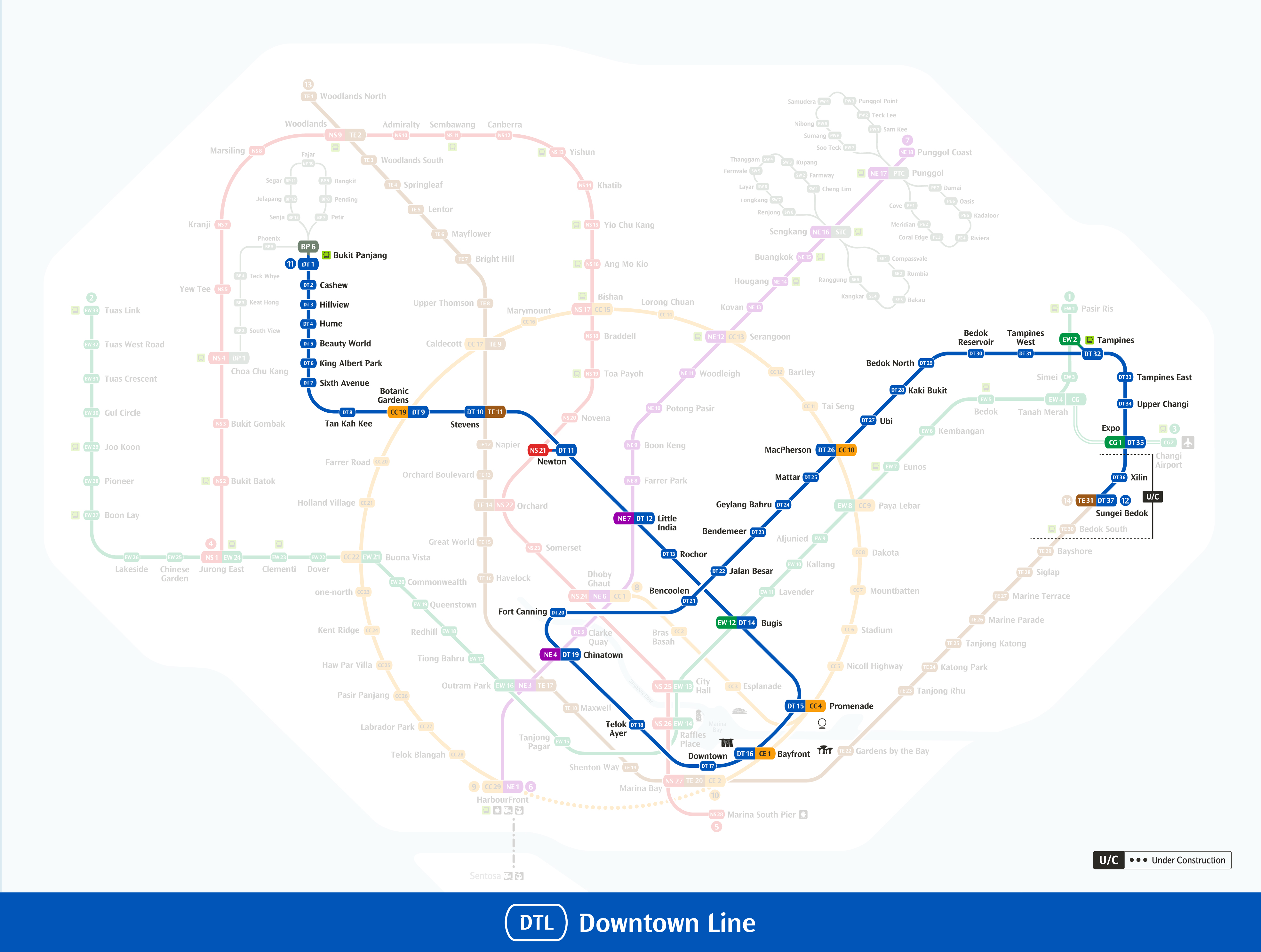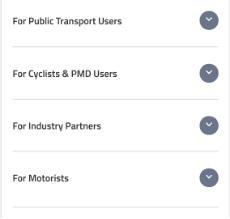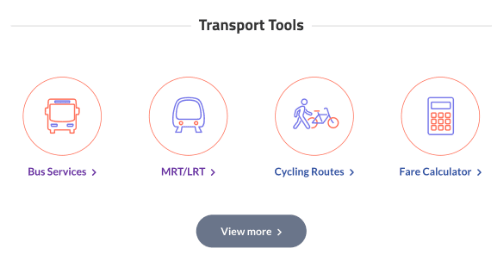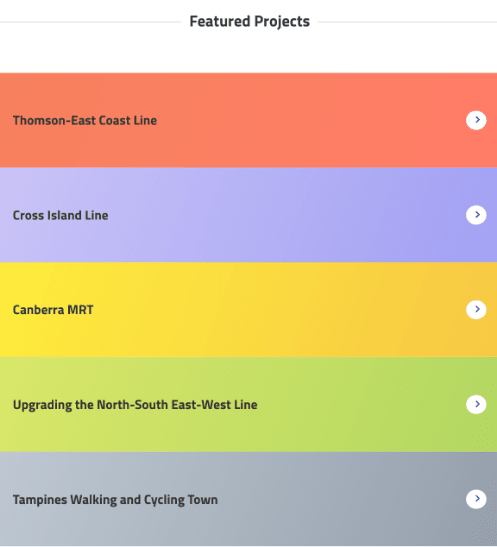The Downtown Line: The Game Changer
The Downtown Line (DTL) is Singapore’s fifth MRT line and a game changer for public transport in Singapore.
DTL reaches out to residential areas such as Bukit Panjang, Bukit Timah, MacPherson and Bedok Reservoir that were previously not served by the MRT.
Catering to a growing city with growing transport needs, the existing 35 stations on the DTL offer an alternative commuting route, connecting people to the city and making travel within the city centre a breeze.
For those living in Bukit Panjang and Bukit Timah, the line offers a more direct route into the city and cuts travel time by up to 30 per cent.
For those in the east, it means fewer bus rides and faster commutes. Taking the train instead of a bus from Kaki Bukit to Tampines takes just 10 instead of 25 minutes.
The line also enhances connectivity within the Central Business District (CBD) area, taking you from Millenia Walk to Marina Bay Sands and the City Hall fringe more quickly.
The opening of the 21km DTL3 on 21 October 2017 provided a travel alternative to the east and direct connectivity to Tampines Regional Centre and Changi Business Park without the need for transfers via buses. With the introduction of DTL3, the DTL is now 42-km long. This makes it the longest underground and driverless MRT line in Singapore.





























